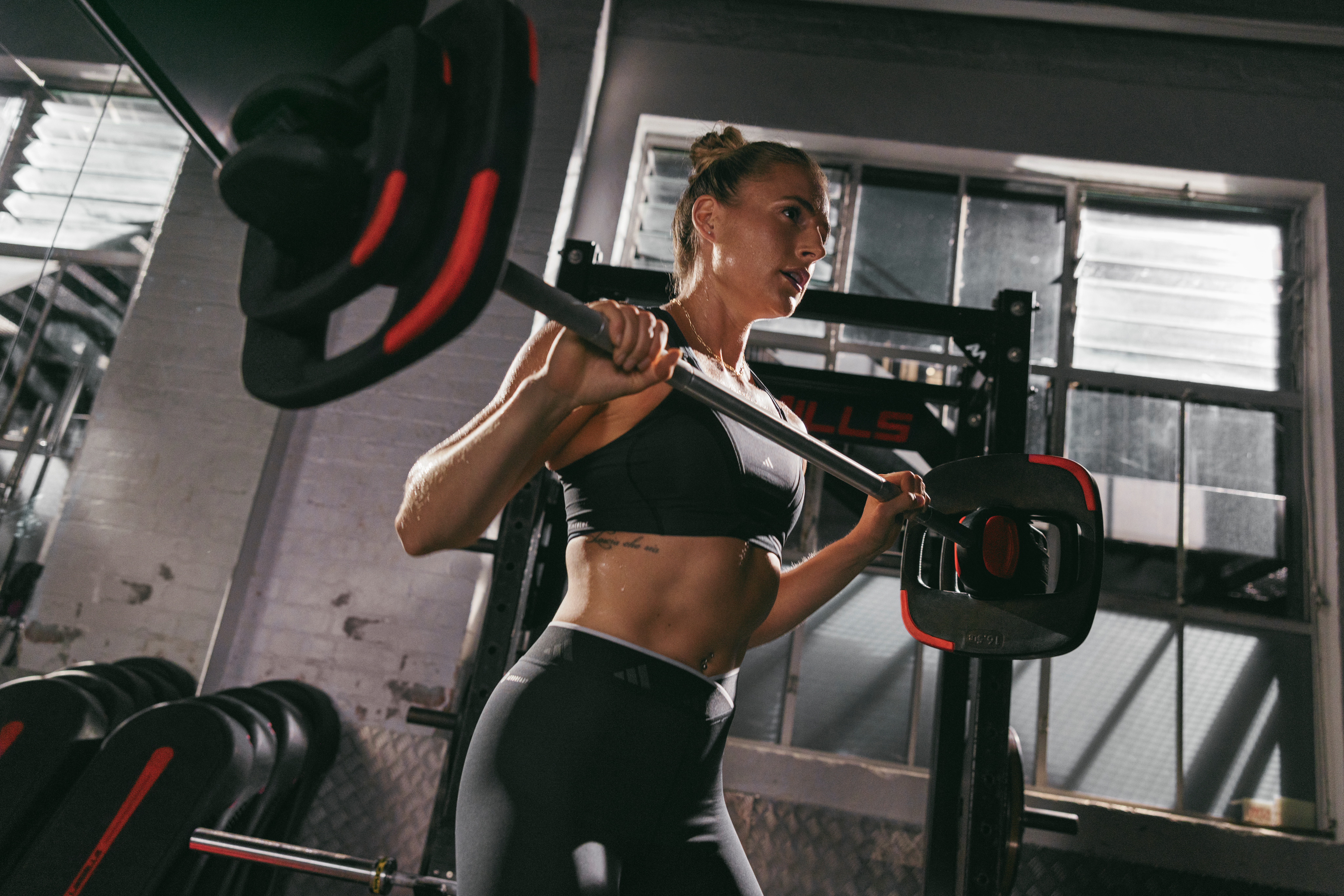Personal Trainer, Vince Mann, explains the importance of fitness, agility and strength as you age
Old and young people build muscle in the same way. But as you age, many of the biological processes that turn exercise into muscle become less effective. This makes it harder for older people to build strength but also makes it that much more important for everyone to continue exercising as they age.
We all know that exercise is an important part of staying healthy, but many people assume that as we get older, we should slow down.
Nothing could be further from the truth – and in fact, investing in your physical fitness in your 50s, 60s, and beyond is one of the most valuable gifts you can give yourself.
When we think of ageing well, we often think of staying healthy and retaining our independence, continuing to pursue activities we enjoy, developing new hobbies, and staying active within our community. Just because our age changes, doesn’t mean that we have to fundamentally change as people.
Time and again, studies have shown that taking time to improve our strength and balance can significantly improve our physical and mental functions. It can also actively reverse some effects of disease and illness that prevent older adults from retaining their independence.
How will improving my mobility and strength benefit my lifestyle?
Reduce the risk of falls.
At present, falls are the leading cause of injury among people over 70, and while the physical pain of a fall can be incredibly serious, often the most harmful effects run deeper. The injuries that people sustain from falls can cause a range of health problems, which may lead to a loss of confidence and independence.
Strength and balance training are hugely effective in reducing the likelihood of falls. This is because muscle weakness and poor balance are among the highest risk factors
Strength training (also known as weight and resistance training) doesn’t just prevent your bones from weakening – it can also add years to your life. For example, older adults showed that people with higher levels of muscle mass lived longer and stayed healthier.
If you’ve never done strength training before, then the idea of lifting weights might seem quite daunting – but you don’t have to be a bodybuilder to do it! Research suggests that it isn’t about lifting the heaviest possible weights – which could easily be counterproductive – it’s about lifting any weight, so long as you exert yourself enough to feel tired by the end of it. That being said, it’s often best to begin strength training by using just your body weight.
If you’re looking for somewhere to start, then you could spend your first session working out your upper body, and the next working out your lower body. Exercises like squats are great for strengthening your legs, while push and pull exercises are good for strengthening your arms, shoulders, and chest.
Regular exercise is important throughout life – though it becomes even more important with age. Regular exercise is the most important factor in promoting a high health-related quality of life in our later years.
It not only improves physical and mental functions, but can actually reverse the effects of chronic disease.
This is because, as well as improving muscle strength and balance, regular exercise can also boost heart health and energy levels, help us maintain a healthy weight, and reduce the risk of various health conditions. These include…
Heart disease and stroke
High blood pressure
High cholesterol
Joint and muscle pain
Type 2 diabetes
Osteoporosis
Arthritis
Aerobic, mobility and resistance training work together
I use a mixture of aerobic activity, strength training, and stretching in my Personal Training sessions. Luckily, it’s easy to merge all three. For example, walking briskly, using the cross trainer, rower or static bikes and doing a short session of strength training and stretching afterwards – that ticks all three boxes.
Aerobic activity can often be incorporated into your everyday life without much effort – for example, walking the dog, hiking, cycling, swimming, and dancing (even in your living room!) all count as aerobic activity. The key is to keep a regular routine – and as always, to have fun.
Examples of exercises I teach and encourage with my clients: resistance, mobility and strength combined – using kettlebells, light barbells, dumbbells and Swiss ball squats
Build flexibility and strength with PNF
Proprioceptive Neuromuscular Facilitation (PNF) is an advanced form of flexibility training that involves stretching and contracting (activation) muscle groups to increase range of motion. PNF works by actively increasing the length of the muscle and neuromuscular efficiency, which helps to increase flexibility and can even build strength.
Building a strong core
A strong core is key to total body strength, agility and can often help prevent injury as it supports your back, hips, pelvis, arms and legs.
Working on core strength has the following benefits:
Stabilising the lower back.
Enhancing flexibility.
Helping with balance.
Supporting better posture.
Supporting better exercise form.
Increasing stability.
Making everyday movement easier.
Helping to reduce or prevent pain.
Personal Training for safe training and motivation
If you have any questions, just ask in the gym and any of the team can help. Sometimes, booking a Personal Trainer is a great way to get started though as you can get a tailored programme specific to you, your PT will ensure you carry out the exercises in a safe and effective way – engaging the right muscles at the right time, and finally they can provide endless motivation to make sure you don’t give up, slack off or find excuses!
As a maturing Personal Trainer, I can empathise with the ageing of the body, injuries and modifications we have to do to enjoy the fun of fitness and life, if I can be of assistance with your personal journey or offer guidance please do not hesitate to contact me at the Gym.


